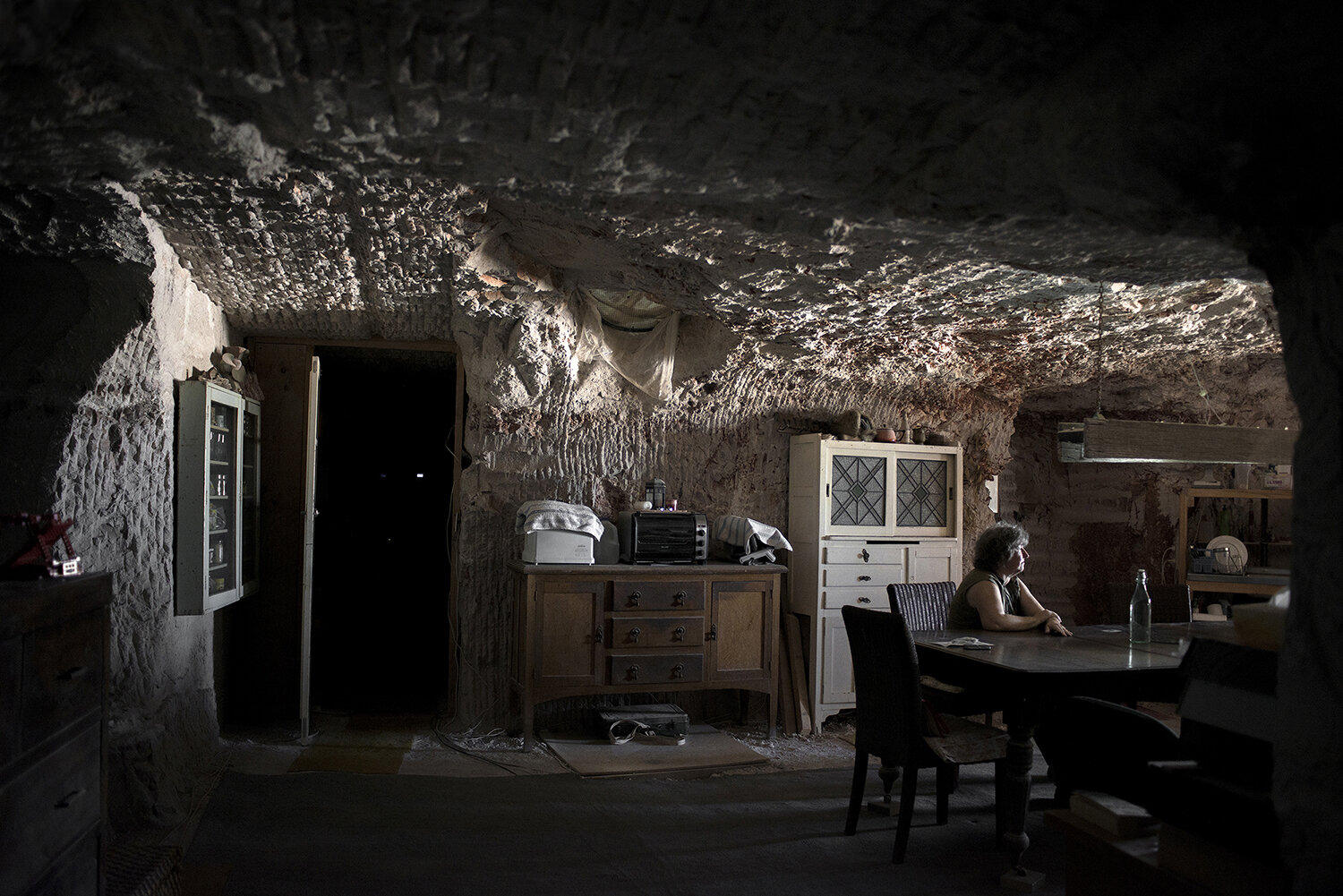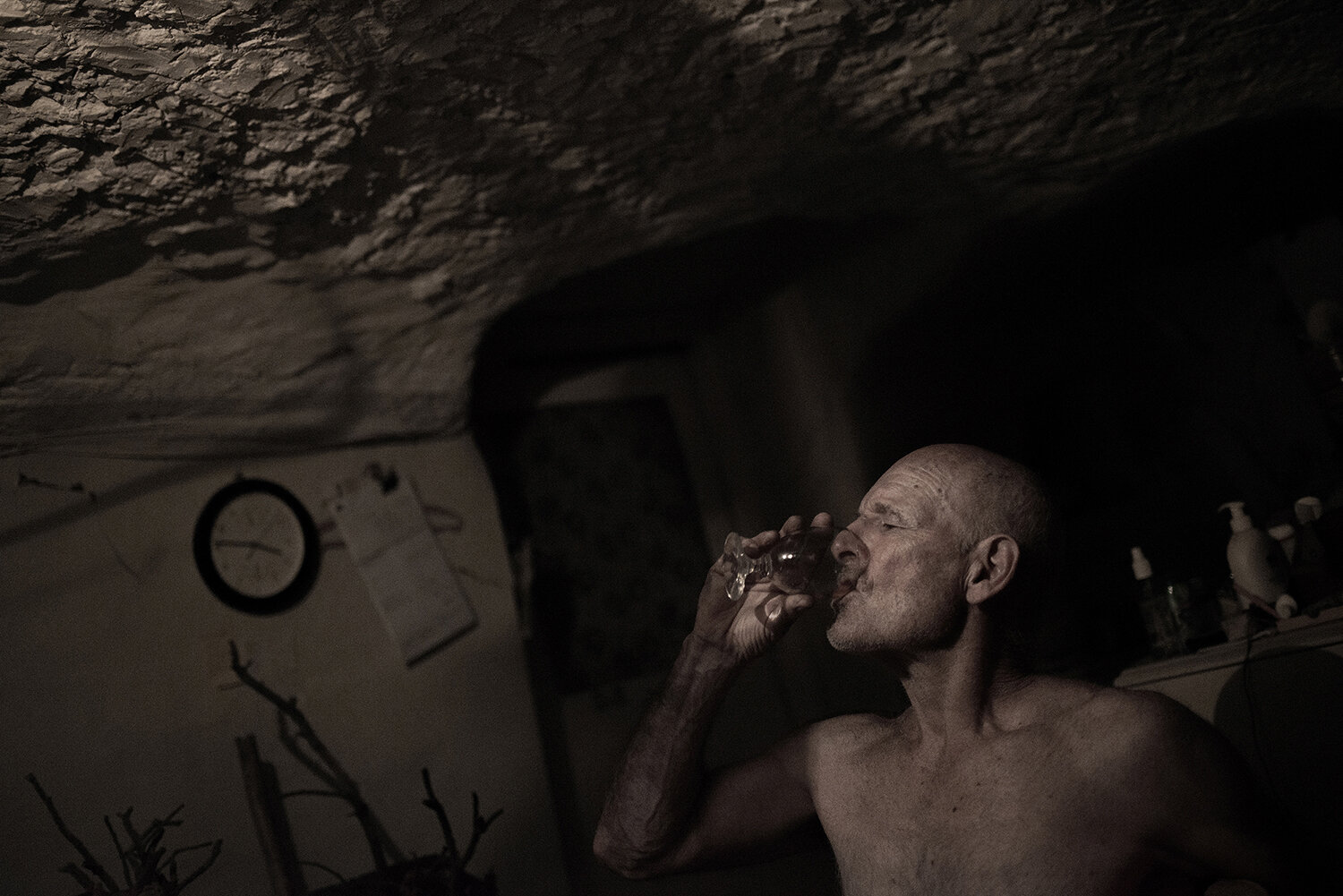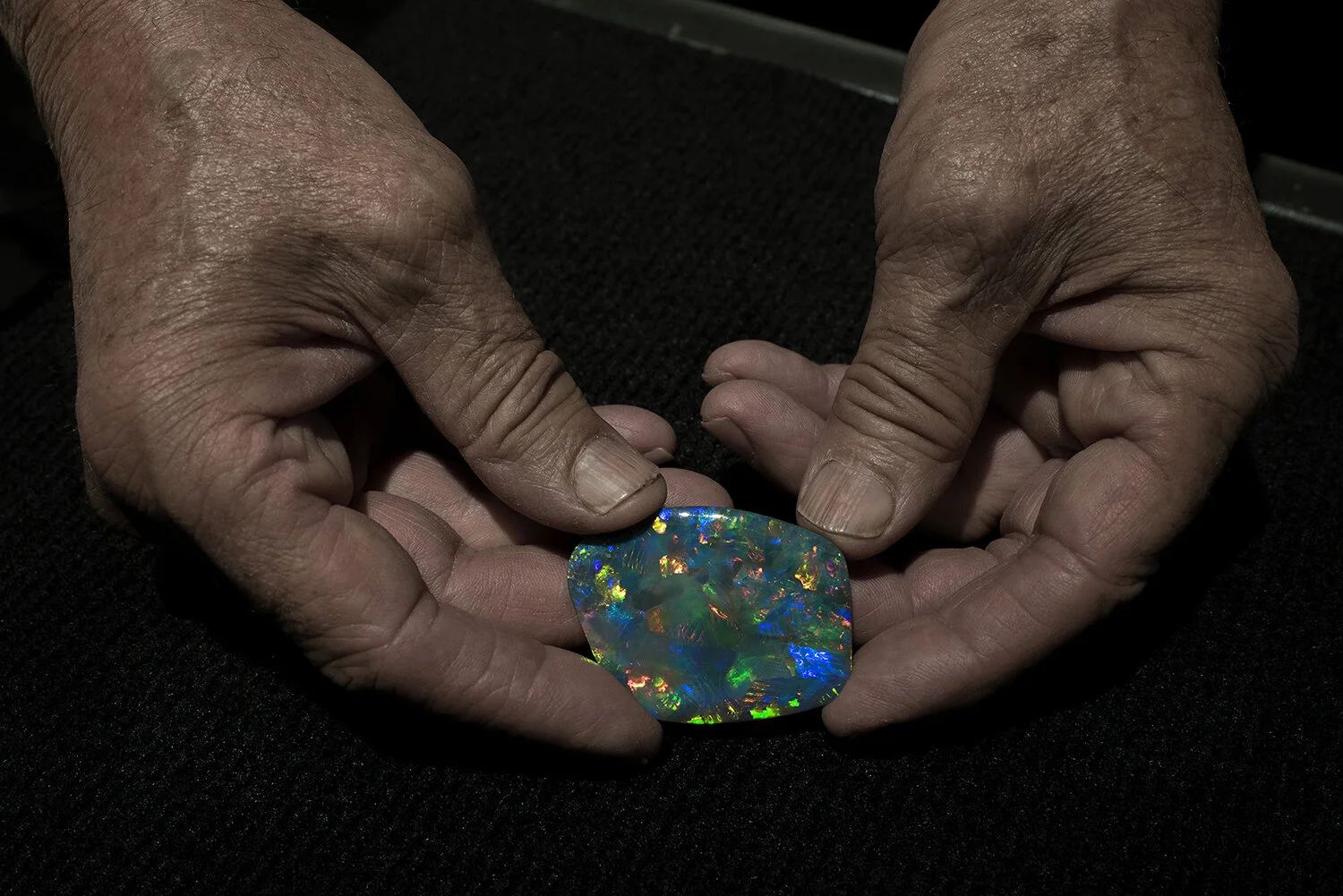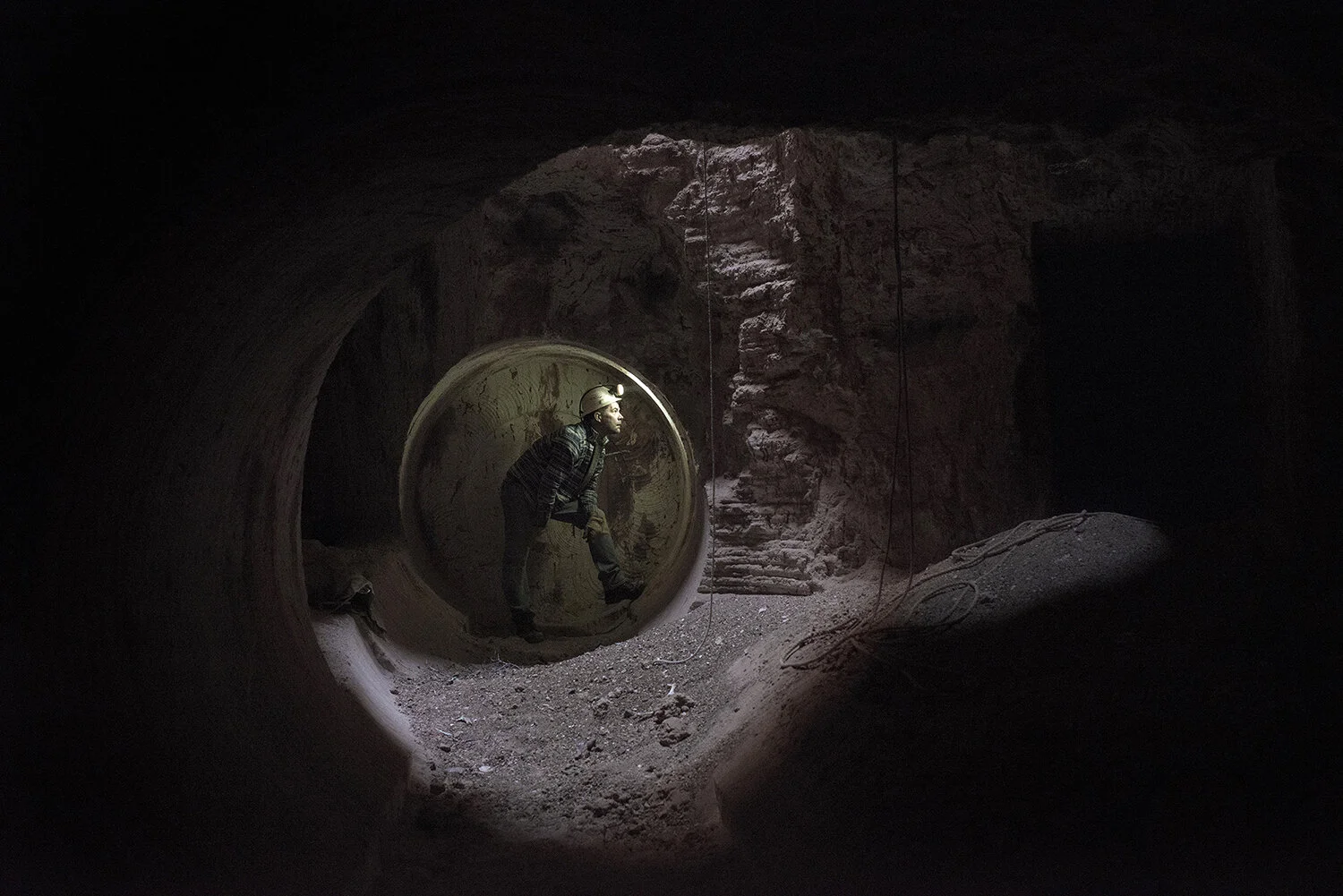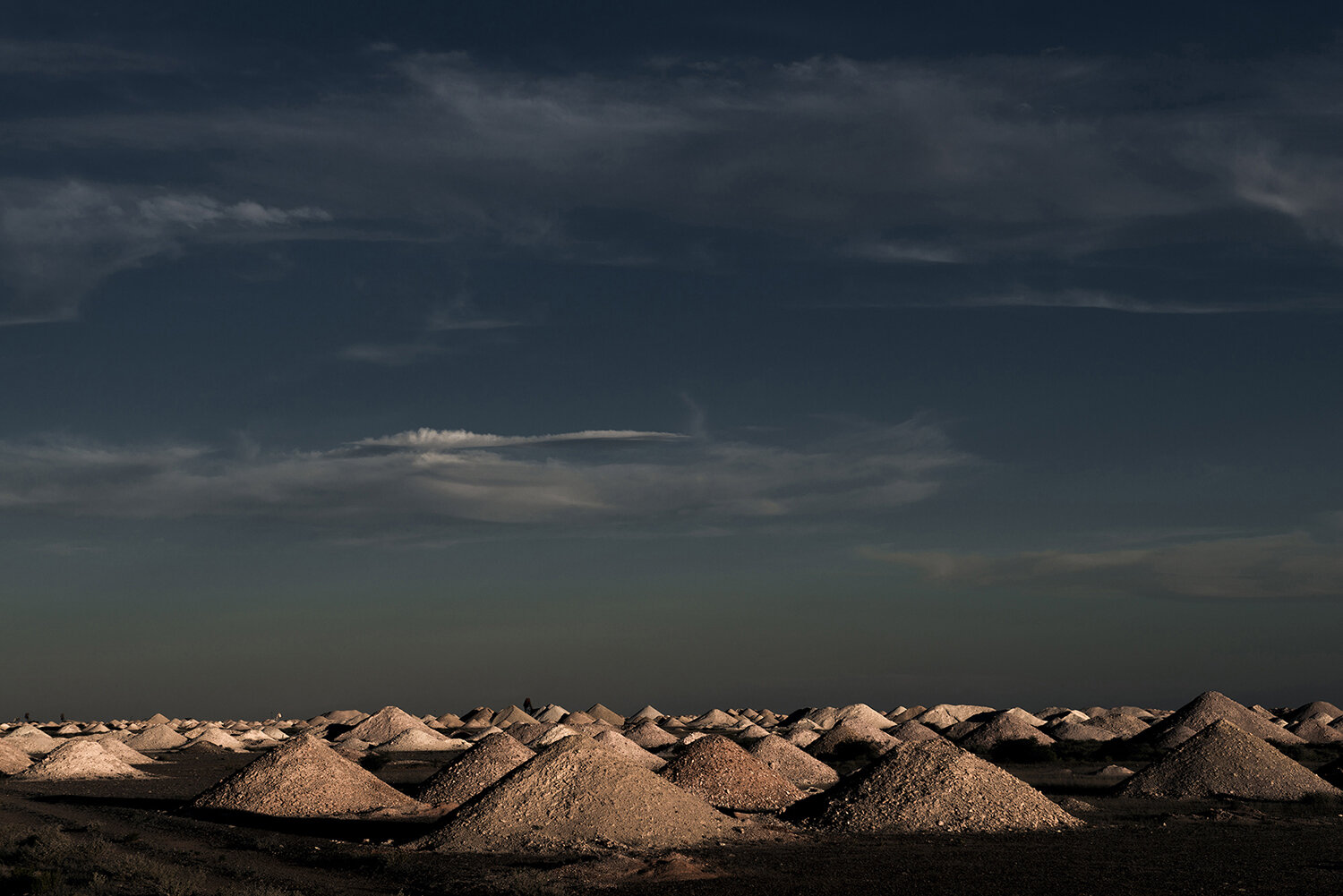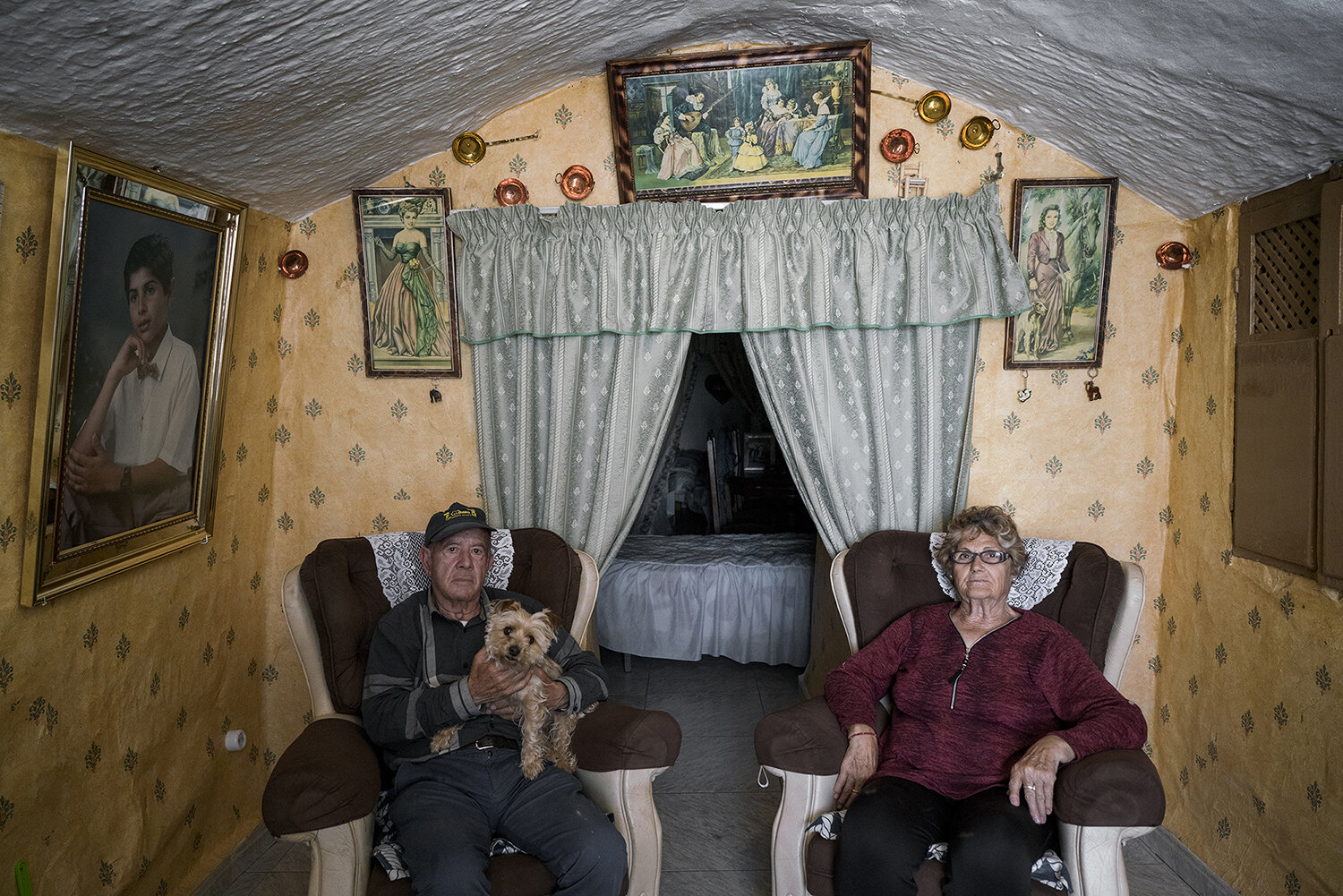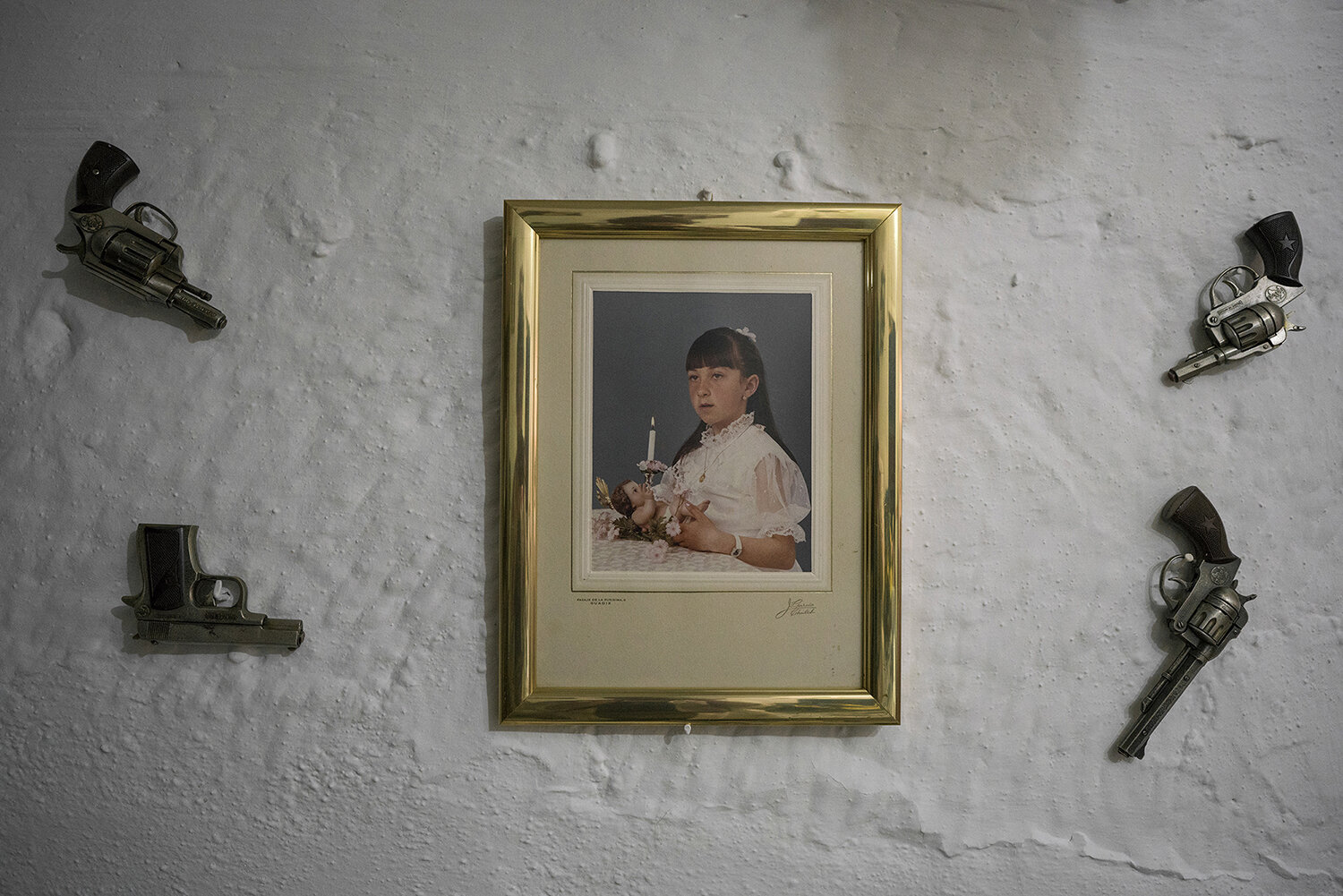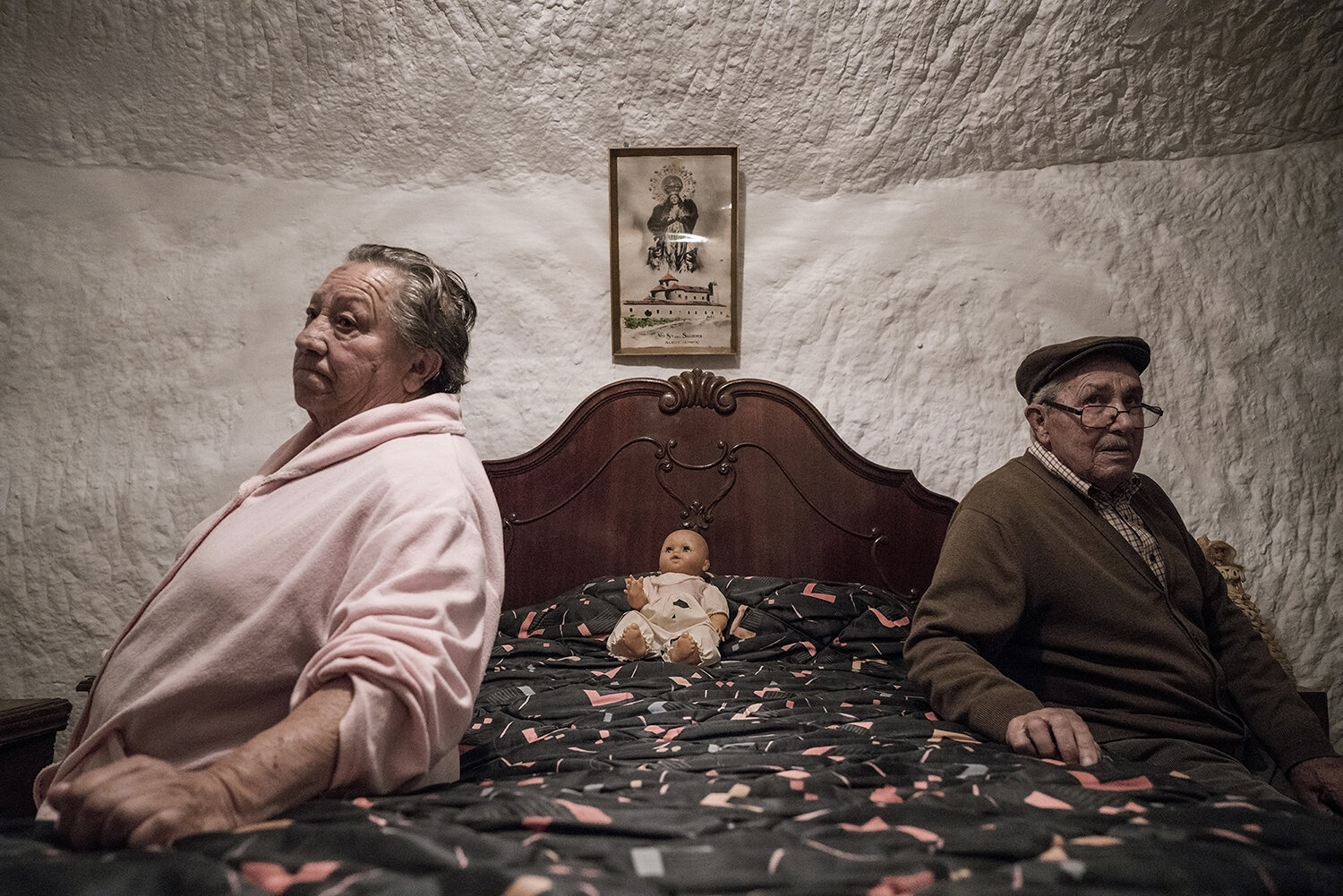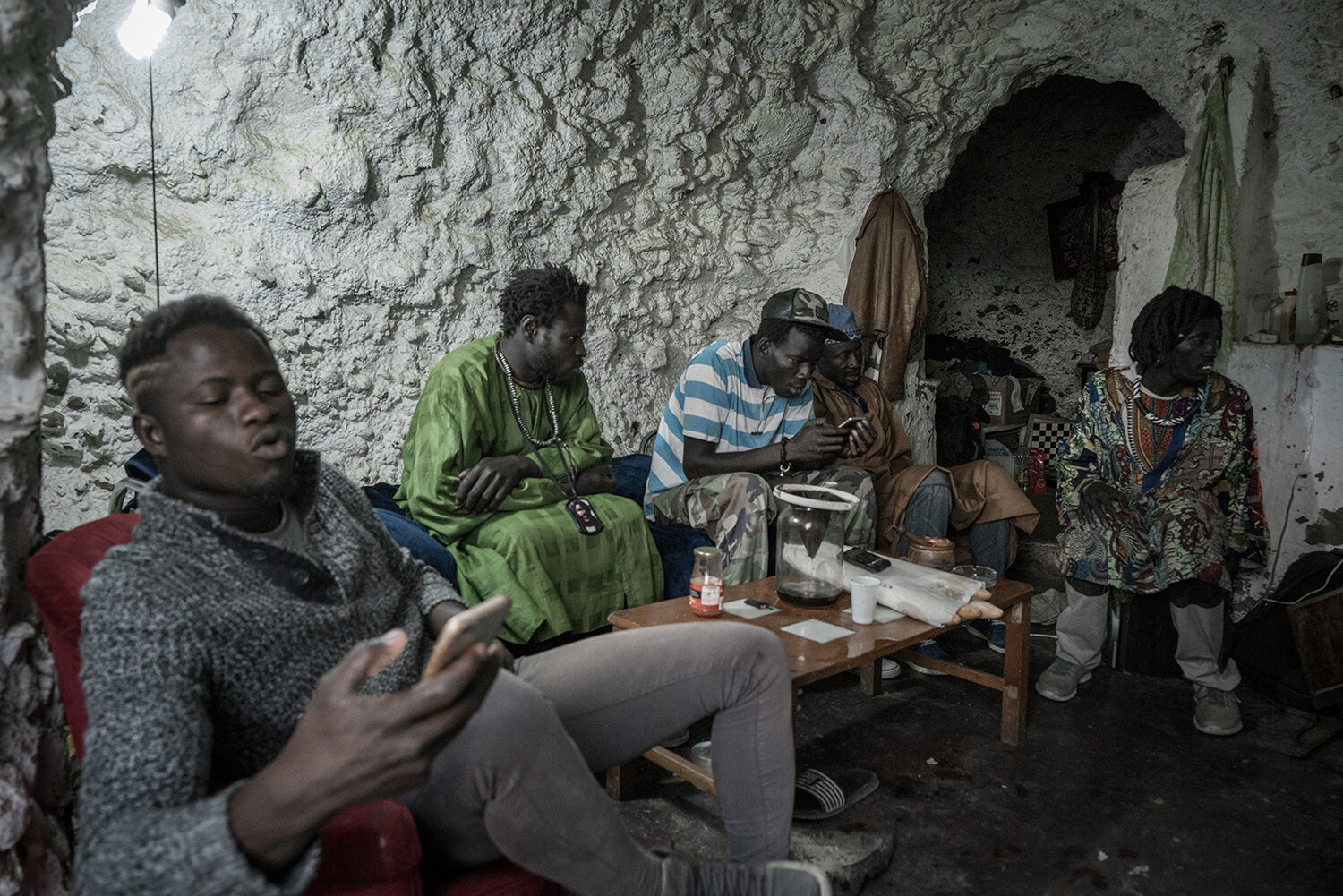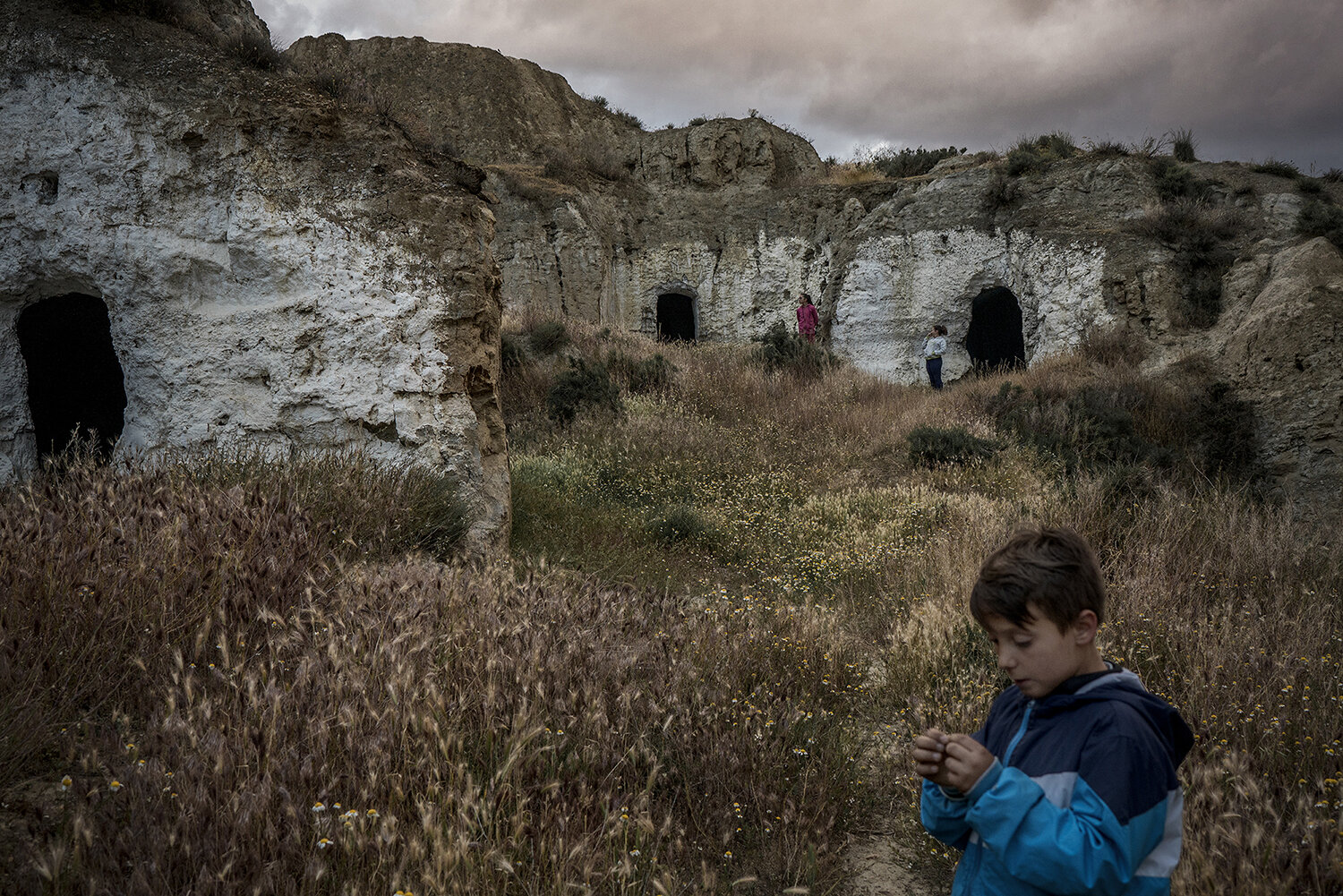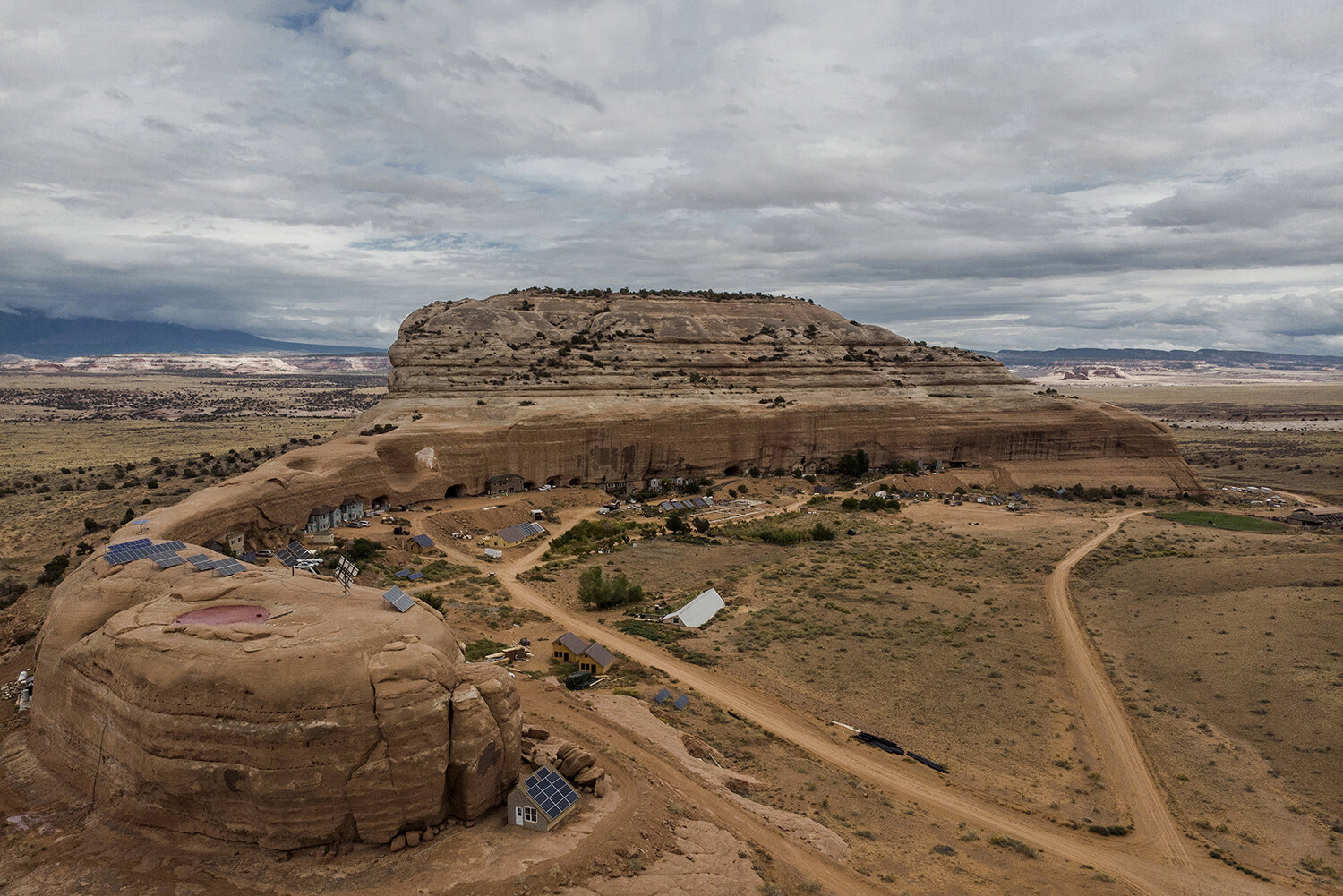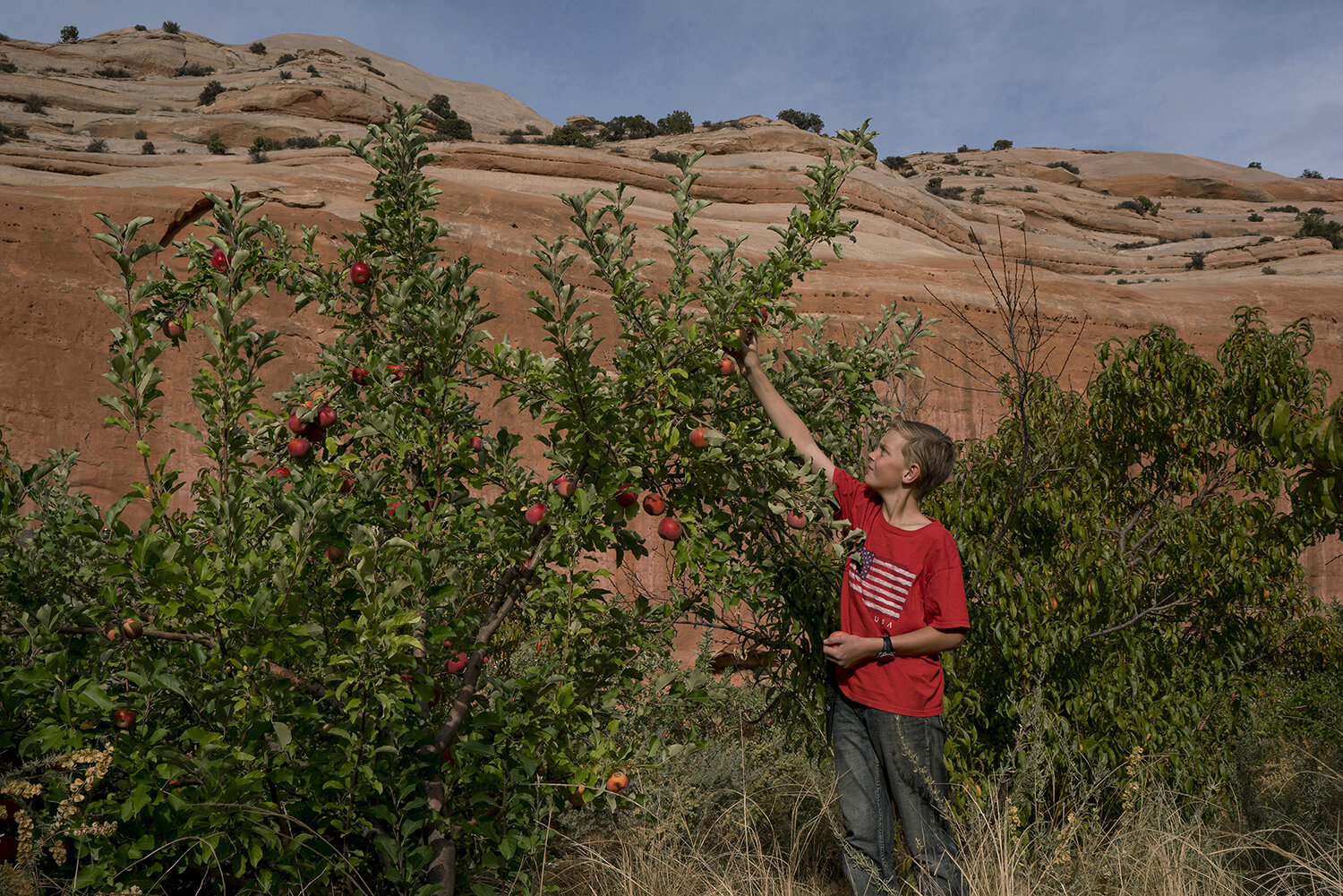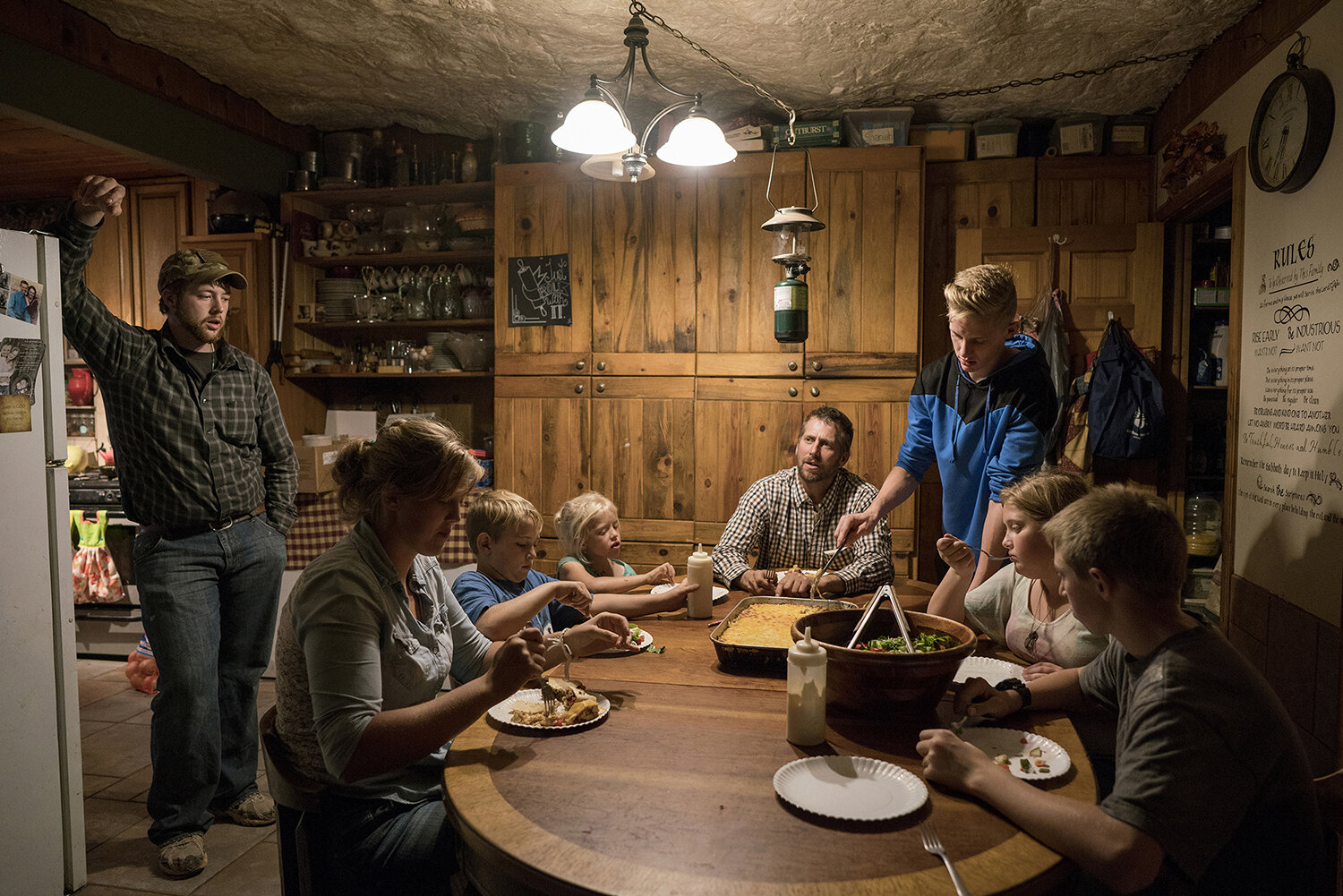“Underland” by Tamara Merino
Tamara Merino, finalist of the 2019 Inge Morath Award, documents communities around the world living in caves and underground dwellings.
The caves have been the residence most used by men since prehistoric times. In the Paleolithic age, humans used natural caves as shelters, but in the Neolithic times they started to dig them in the stone or earth to build houses. This is linked with certain socio-cultural, climatic, economical and religious factors. Nowadays there are over 60 million people living in caves around the world.
The first seven pictures (1-7) belong to Coober Pedy, a town located in the southern Australian outback that inhabits a subterranean culture, in which the majority of the population lives in underground houses called dugouts. This is an unconventional town where most of the inhabitants search for opal, a valuable gemstone worth millions. The next seven pictures (8-14) belong to Andalucía, Spain where people have been living in caves for more than 500 years. Cave building in southern Spain started when the Arabs Muslims brought the tradition with them from the troglodyte communities of North Africa and nowadays this is the biggest cave settlement in Europe.
The last six pictures (15-20) belong to Utah, USA where a polygamist Mormon community lives in caves inside a rock since 1975. This rock will protect the entire community from the eventual apocalypses and will never be destroyed by any natural disasters.
This project aims to illustrate the human condition and the important relationship between human beings and the environment that surrounds them. This new chapter will follow the same methodology of work and visual narrative already developed with the previous three stories.


